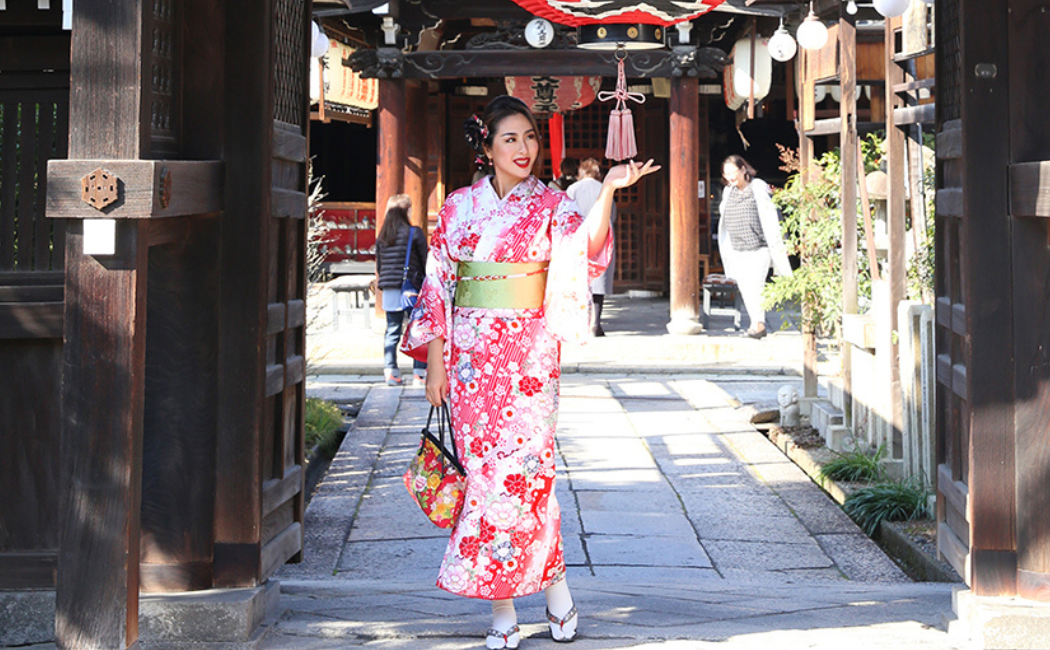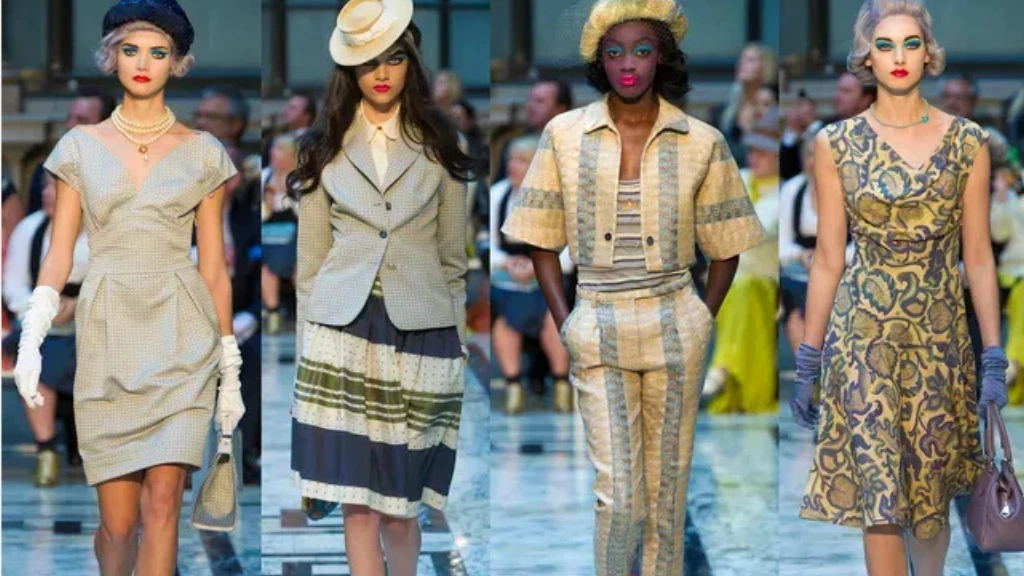The kimono, Japan’s traditional garment, is a stunning embodiment of the country’s rich cultural heritage and artistic traditions.
With a history spanning over 1,000 years, this intricate and beautiful garment has evolved from a simple undergarment to a symbol of Japanese identity, elegance, and refinement.
You May Also Like: Spring/Summer Fashion Trends: Reviving Elegance
History of Kimono
The kimono’s origins date back to the Heian period (794-1185 CE), where it was known as the “wafuku.”
Initially worn as an undergarment, the kimono gradually became a primary garment during the Edo period (1603-1868 CE).
The Meiji period (1868-1912 CE) saw the kimono’s popularity peak, with its intricate designs and styles reflecting Japan’s social hierarchy.
Types of Kimono
- Furisode: Long-sleeved kimono worn by unmarried women.
- Kurotomesode: Black kimono with white designs, worn by married women.
- Montsuki: Formal kimono worn by men.
- Yukata: Casual, summer kimono made of cotton or synthetic fabrics.
Kimono Components
- Fabric: Traditionally made from silk, cotton, or wool.
- Obi: Wide sash wrapped around the waist.
- Juban: Undergarment worn beneath the kimono.
- Zori: Traditional sandals.
Symbolism and Significance
The kimono holds deep symbolic meaning:
- Social status: Reflecting the wearer’s rank, occupation, or marital status.
- Seasonal themes: Incorporating seasonal motifs and colors.
- Cultural identity: Embodying Japanese traditions and values.
- Artistic expression: Showcasing intricate designs and craftsmanship.
Modern Kimono Trends
While traditional kimono remains timeless, modern adaptations have emerged:
- Fusion of traditional and contemporary designs.
- Innovative fabrics and textures.
- Bold, vibrant colors.
- Kimono-inspired fashion.
Notable Kimono Designers
- Hanae Mori: Renowned for her stunning, modern kimono designs.
- Yumi Katsura: Acclaimed for her exquisite, hand-painted kimono.
- Taro Horiuchi: Respected for his innovative, avant-garde kimono.
Kimono Etiquette
- Wearing the kimono correctly: Left side wrapped over the right.
- Bowing: A sign of respect when wearing a kimono.
- Kimono care: Hand-washing and drying to preserve the fabric.
Preserving Cultural Heritage
Efforts to preserve kimono traditions include:
- Workshops and classes: Teaching traditional kimono-making techniques.
- Cultural events: Showcasing traditional kimono and attire.
- Museums and exhibitions: Displaying historic kimono collections.
Conclusion
The kimono is a breathtaking representation of Japan’s cultural heritage, artistic traditions, and timeless elegance.
By understanding and appreciating this national treasure, we can gain a deeper appreciation for Japan’s history, values, and beauty standards.
References:
- “The Kimono” by The Metropolitan Museum of Art.
- “Kimono: Fashioning Culture” by Japan Today.
- “The History of Kimono” by Japan Guide.
- “Kimono: A Cultural Icon” by The Culture Trip.
- “Modern Kimono Trends” by Vogue Japan.
Fact Box:
- Origins: Heian period (794-1185 CE).
- Types: Furisode, Kurotomesode, Montsuki, Yukata.
- Components: Fabric, Obi, Juban, Zori.
- Symbolism: Social status, seasonal themes, cultural identity.
- Modern trends: Fusion of traditional and contemporary designs.









